The Detroit Tigers clubhouse is awfully quiet these days.
The lack of trade deadline noise in the clubhouse is yet another difference between this season and years past, along with empty stadiums, health protocols and other new normals created by the COVID-19 pandemic.
“Everybody’s all spread out,” manager Ron Gardenhire said Tuesday. “There’s a lot less of that kind of talk. I don’t stand there with players and mingle with them. They could be talking about it. You might overhear one or two guys, but I haven’t heard anything. Nobody’s really said anything.”
Still, Monday’s 4 p.m. trade deadline looms with teams separating into buyers and sellers. As of Thursday, general manager Al Avila said he has spoken to 20 teams — chatting about the market, which remains in flux thanks to injuries, poor performances and small sample sizes brought on by the season’s late start.
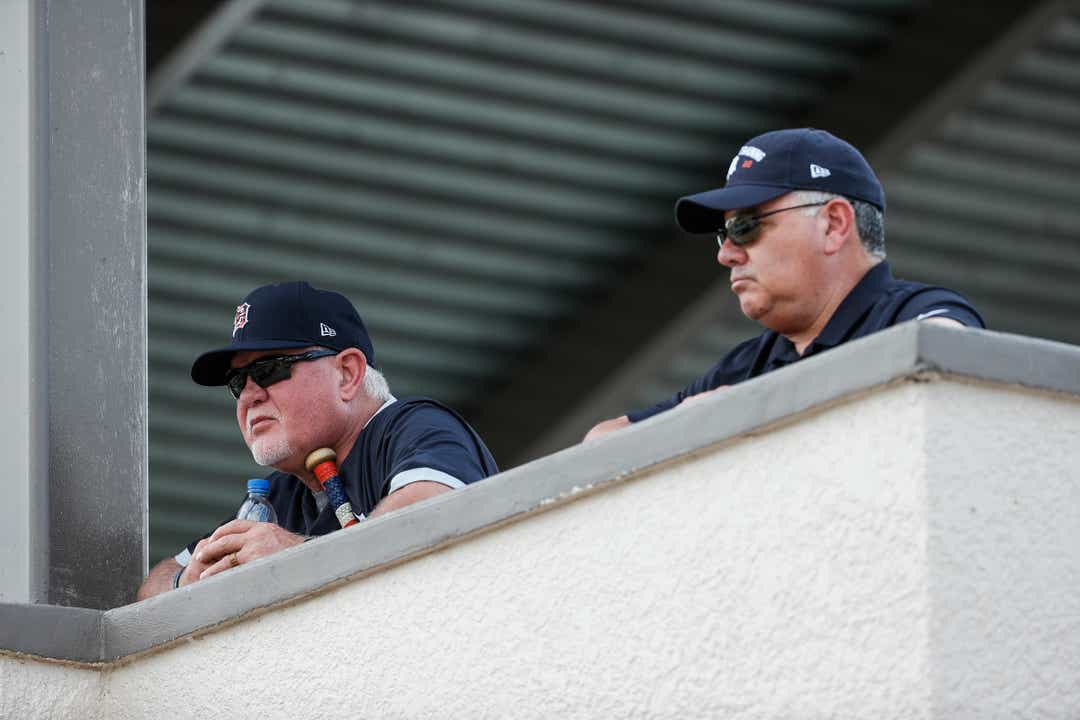
The Tigers (13-16 entering Saturday) don’t see themselves as buyers, Avila said, but he also doesn’t consider them sellers. Even at three games under .500, they entered Saturday only 2.5 games out of the AL’s eighth and final playoff spot. That gives Avila the flexibility to make whatever moves will make the team better now and in the future.
“There are some teams that are looking for pitching, as always,” Avila said Thursday. “But in saying that, it’s really hard to gauge how much a team really is going to go out and try to add, and how much they’re willing to give to add in this short period of time. … We’re not really looking to add a big piece and trade away any of our young prospects.
[ How the Tigers are making Al Avila’s trade deadline decisions easy ]
“At the same time, if we add a player that we can better ourselves for next year or this year or in the near future, then, obviously, we have to be open-minded to listen to that. But if that trade is not there, frankly, we like our team, and we’ll keep our team together. We’ll keep trying to win.”

Most organizations are looking to acquire players with years of team control remaining, Avila said, rather than a short-term “rental.” That has been a trend “for a long time now,” he said, to preserve economic stability.
He believes that notion is true now more than ever with the financial uncertainties surrounding the 2021 season — teams don’t know what their revenues from this season will be, much less next season.
The Tigers could be buyers, though, according to Avila, if there’s a non-prospect deal where each team improves the roster for 2020. Although those deals are “very difficult” to make, so that’s not something Avila is betting on.
For subscribers: Tigers at halfway point: These two must step it up
With all that in mind, let’s take a look at arguments for and against trading some key players on the Tigers’ roster, with some notes from Avila:
2B Jonathan Schoop
Hits free agency after: This year.

Trade him: An eight-year veteran, Schoop has proven he still has pop in his bat with a .300 average, seven home runs and 17 RBIs through 28 games. He’s 28, which means he could already be on the decline, but he is reliable at second base. There might never be a better market for him, even in a shortened season.
Keep him: There’s a chance the Tigers like what they’ve seen from Schoop enough to try to keep him around next year. Trading him would give a different ballclub the opportunity to make that same decision. He is a respected mentor, so third baseman Isaac Paredes and shortstop Willi Castro, two top prospects, would benefit from him getting an extension.
Avila said: “I think it’s a little early right now to look at who we’re going to sign or not sign for 2021. Because 2021 is going to be an uncertain year. Toward the end of the season, we have our big meetings (about) our needs for next year. We haven’t had those meetings yet. We don’t know if we’re going to be able to play a full season. We don’t know if we’re going to be able to play with a full stadium or 50% stadium or 20% stadium capacity. We have to wait and see. Come mid-September, we’re going to have our meetings. … The uncertainty prevents you from really being specific on how you’re going to attack it.”
C Austin Romine
Hits free agency after: This year.

Trade him: After eight years as a backup for the New York Yankees, he has finally established his credentials as a starting catcher, with 21 starts in the Tigers’ 29 games. And Romine has produced at the plate, with a .289 average, four doubles, two homers and 13 RBIs, though his 22 strikeouts and only two walks are a bit concerning.
Keep him: Romine is likely to be a better teacher for pitching prospects Casey Mize and Tarik Skubal down the road (if the Tigers re-sign him) than Grayson Greiner or Jake Rogers. Likewise, 2020 second-round pick Dillon Dingler is at least two years away from a full-time role. Romine could be cheap to bring back, especially if his price tag is close to this year’s $4.15 million deal.
RHP Ivan Nova
Hits free agency after: This year.
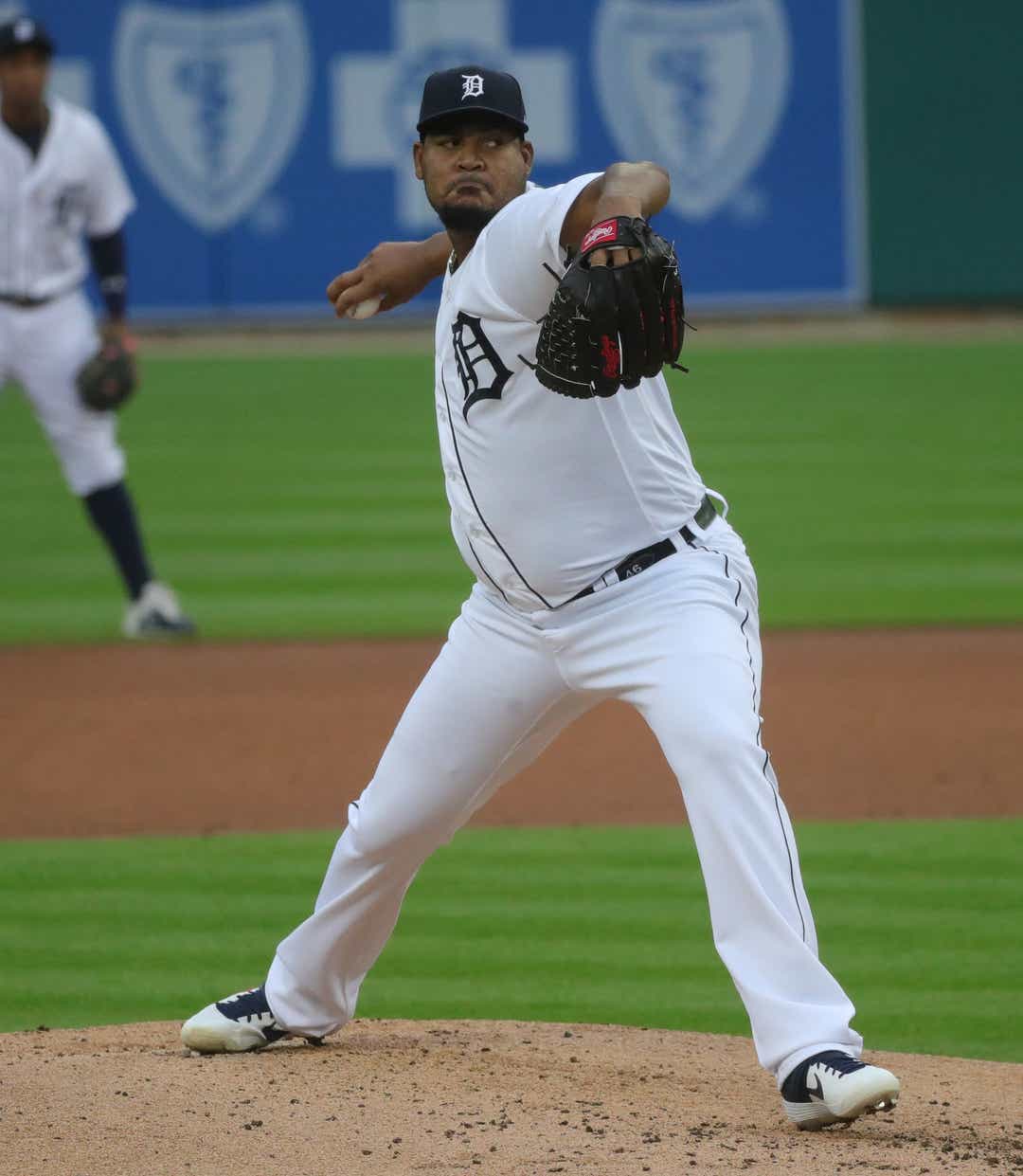
Trade him: What makes him attractive is durability. He has pitched more than 160 innings — including 187 in 2019 — in every season since 2016. However, he’s working himself back from a stint on the 10-day injured list (right triceps tendinitis) and will rejoin a rotation that already has five pitchers. The organization wouldn’t get much for him, but it might be worth it to let him become a No. 5 in a rotation elsewhere for a luck-of-the-draw prospect, via the old “player to be named later” tool.
Keep him: There might be no viable market for a 33-year-old with an 8.53 ERA this year.
OF Cameron Maybin
Hits free agency after: This year.
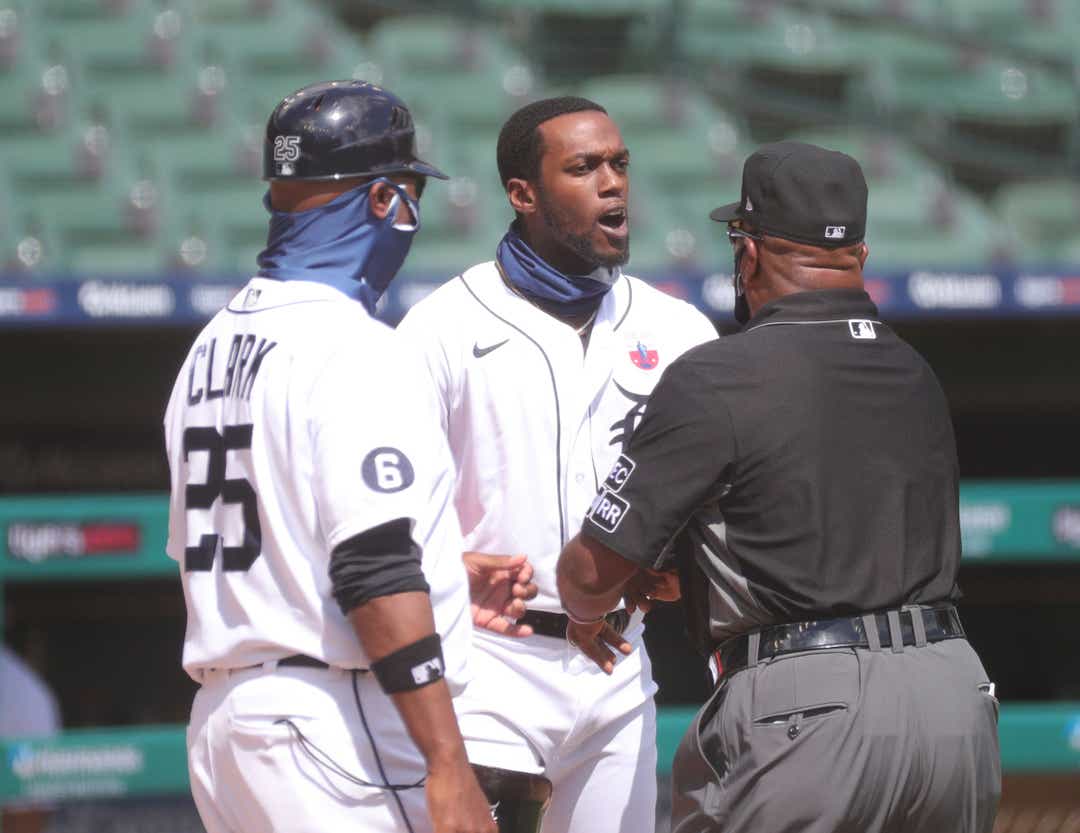
Trade him: Maybin would make an impact in just about any clubhouse. The 33-year-old has 14 years in the majors and won a World Series in 2017 with the Houston Astros, hit .285 in 82 games for the Yankees last season and is 10-for-39 for the Tigers this year, with reliable defense at the corners.
Keep him: There probably won’t be a large market for Maybin, even though The Athletic reported the Chicago Cubs have shown interest as of Friday — just two days after Maybin went 4-for-7 with three doubles in two games against them. The Tigers have plenty of outfield depth waiting in Toledo, so the only way to justify keeping him is if an offer never comes.
LHP Daniel Norris
Hits free agency after: Next year.

Trade him: For teams not to be interested in Norris would be a complete shock. The 27-year-old, who has appeared in parts of seven seasons, still has another year of team control. Is he a starter down the road, even as he spends time in the bullpen this year? Throw out his one start, in which he didn’t last two innings, and he boasts a 1.35 ERA in relief.
Keep him: The upside might be too good to part ways with at this time. His value remains high and continues to rise, even despite his struggles as a starter. If he can unlock his potential, there’s no telling what Norris could become for the Tigers.
LHP Matthew Boyd
Hits free agency after: 2022 season.
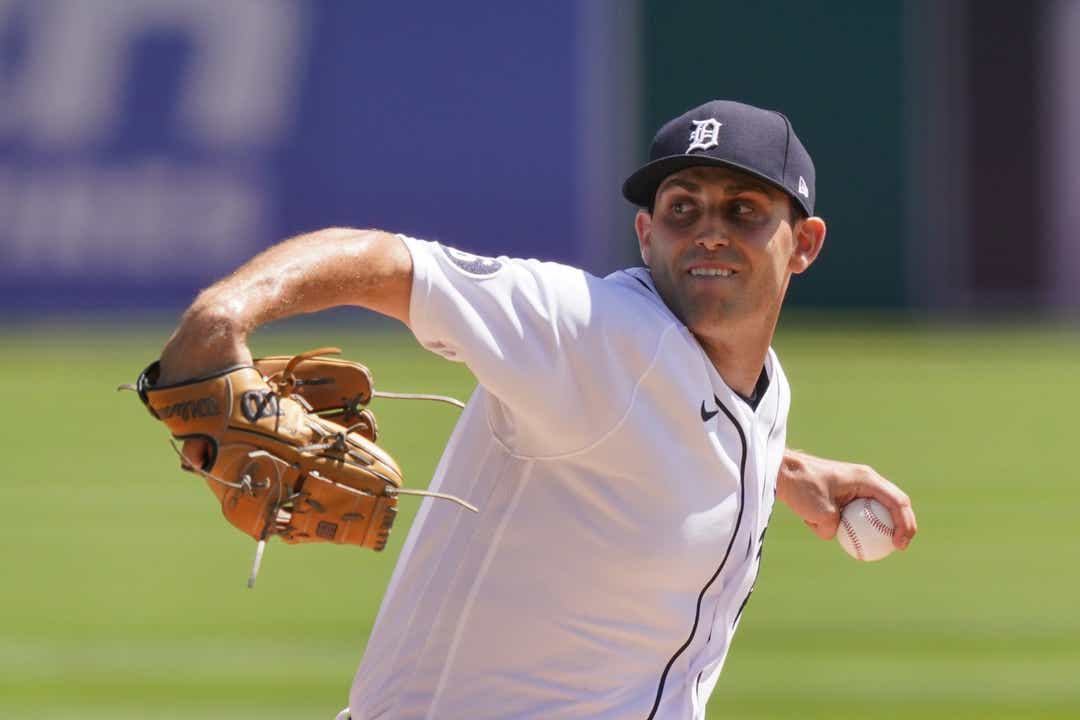
Trade him: Boyd has an 8.48 ERA in six starts, but he has shown flashes of why the organization placed such a hefty price on him at last year’s trade deadline. The Tigers could probably find a team that thinks he can be a cost-controlled innings-eater with a high strikeout rate for two years before hitting free agency.
Keep him: Because Boyd’s value has fallen since his stellar 2019 first half, the Tigers won’t get much. He is well-respected for his kindhearted manner, possesses six years of MLB experience and has already grown close to Mize and Skubal. His presence provides immense value for the prospects, even if he ends up moving to the bullpen.
RHP Buck Farmer
Hits free agency after: 2022 season.
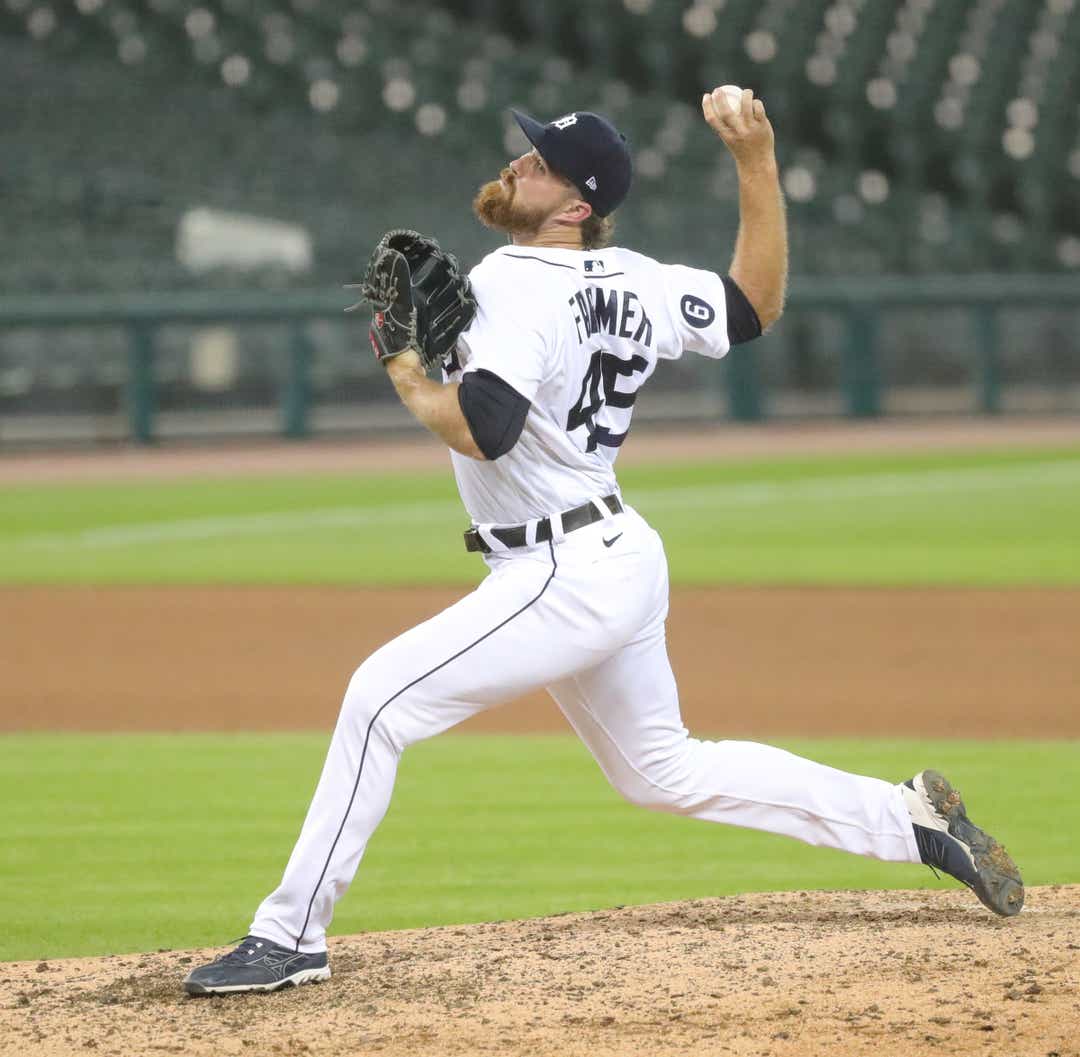
Trade him: Take away a three-run implosion in Wednesday’s 7-6 win against the Cubs — in which Farmer still recorded the final out — and the 29-year-old reliever would have a 2.89 ERA in 9⅓ innings. That’s after his 3.72 ERA, 1.271 WHIP and 73 strikeouts in 67⅔ innings last season. He serves as an immediate upgrade to any team with a hole in the seventh, eighth or ninth innings. The Tigers moved him to the closer role this week.
Keep him: Farmer is under team control for two more seasons, meaning he could be a consistent — and cost-effective option to finish out games. The Tigers will need a closer for whenever the rebuild is complete, even if that’s 2022; why sell low now?
Avila said: “Obviously, I’m very happy with our bullpen. They’ve been pretty good, guys like Buck Farmer, (Jose) Cisnero, Bryan Garcia and Gregory Soto have been phenomenal.”
Jose Cisnero
Hits free agency after: 2023 season.

Trade him: Like Farmer, Cisnero would be an upgrade (with three years of control) for a team with needs in the back end of the bullpen. He has a 1.62 ERA, 0.900 WHIP and 18 strikeouts to five walks in 16⅔ innings this season — and no home runs allowed.
Keep him: Even at 31 years old, Cisnero has proven he can be a long-term part of the bullpen. An impressive revival project, he pitched in 2014 for the Astros before spending five years in the minors. His advanced age limits the appeal of his years of team control remaining. The organization might be better off keeping him.
OF JaCoby Jones
Hits free agency after: 2023 season.
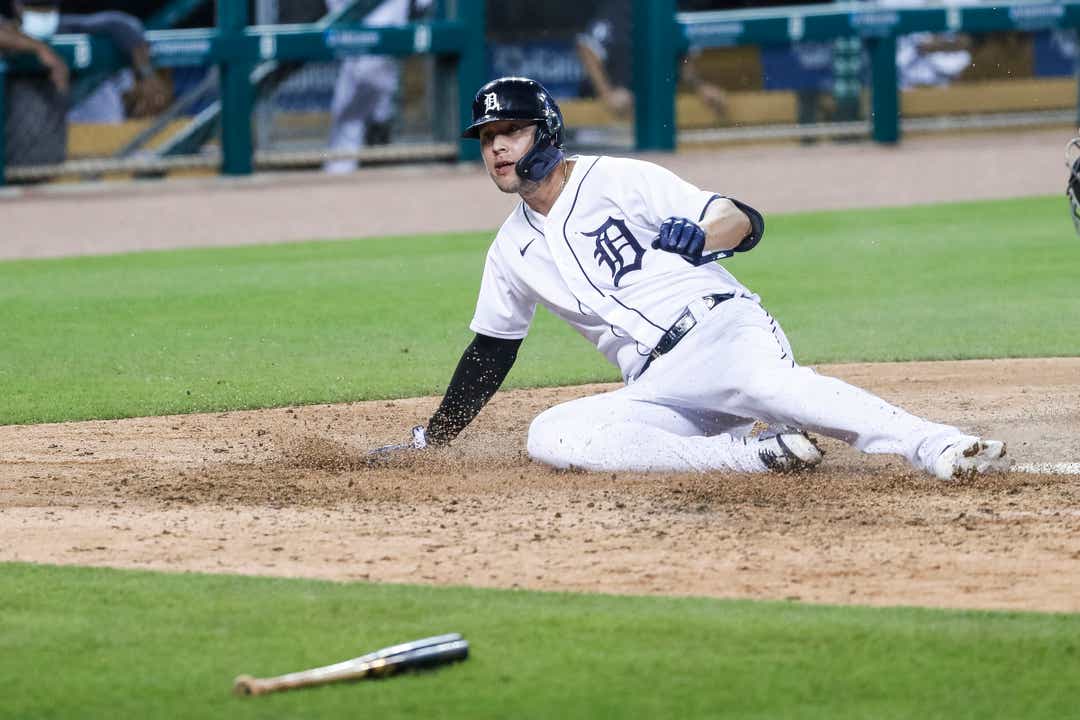
Trade him: Jones has seemingly gotten better at the plate every season since entering the league in 2016. This season, he’s hitting .273 with eight doubles, five homers and 14 RBIs in 88 at-bats. In 727 at-bats over the past two seasons, he hit .219; his value might be at its peak right now.
Keep him: He could be the starting center fielder for at least the next three years. And his offensive unknowns are balanced by his known excellent defense, something that can’t be said for current minor-leaguer Derek Hill or other options.
Avila said: “JaCoby obviously had a great start. He’s working through some minor injuries here and there that is slowing him down a little bit, but he’s grinding it out, and he’s enjoying a pretty good year himself.”
3B Jeimer Candelario
Hits free agency after: 2023 season.
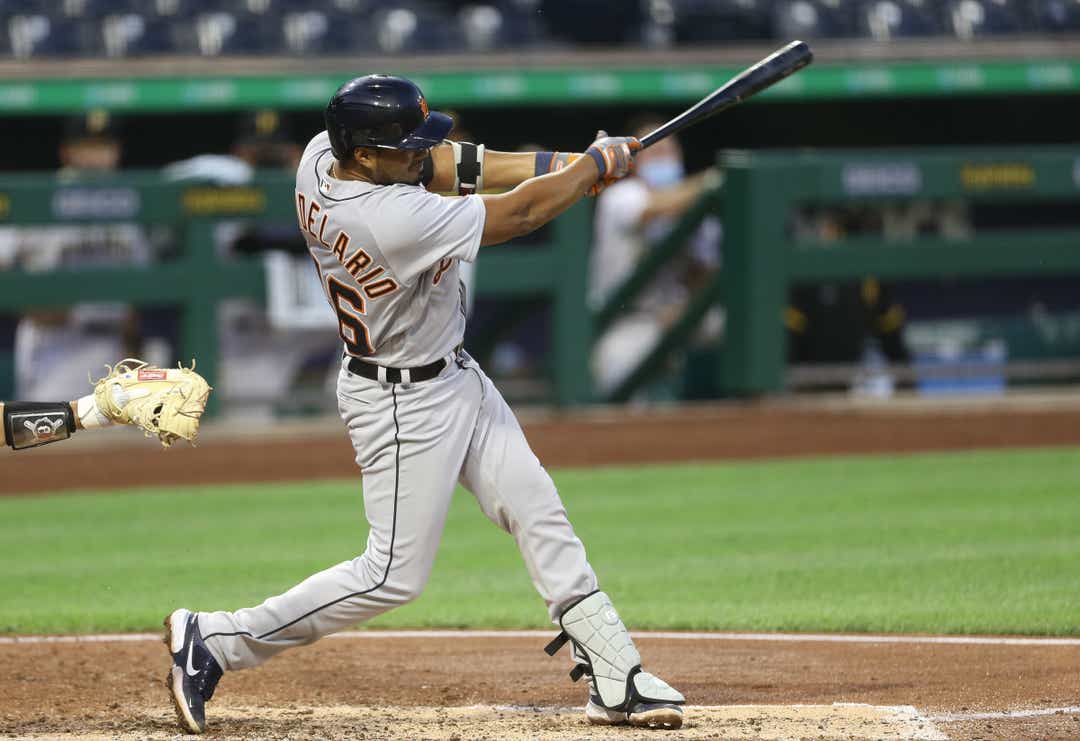
Trade him: Though Candelario is playing first base because of C.J. Cron’s season-ending knee injury, he is best at third base. But the Tigers have two prospects at third base in Spencer Torkelson (No. 1 overall pick) and Isaac Paredes, who is performing at the plate despite being just 21. The left side of the infield, including Willi Castro and Sergio Alcantara, is jam-packed, so shipping Candelario would free space for the future.
Keep him: After a brutal 0-for-17 in July, Candelario has turned his season — and maybe his career — around with by going 28-for-82 (.341) with six doubles, three triples, two homers and 12 RBIs in August. The organization hopes this is a turning point in the 26-year-old’s career. Also, does anyone actually think Torkelson will end up as a third baseman? Or that Paredes shouldn’t move to second?
Avila said: “He scuffled a lot at the beginning of the season. He kept on battling, grinding it out. Now he’s enjoying a good season. Actually, he’s now become the player we all thought he was going to be.”
Evan Petzold is a sports reporting intern at the Detroit Free Press. Contact him at epetzold@freepress.com or follow him on Twitter @EvanPetzold. The Free Press has started a new digital subscription model. Here’s how you can gain access to our most exclusive Detroit Tigers content.